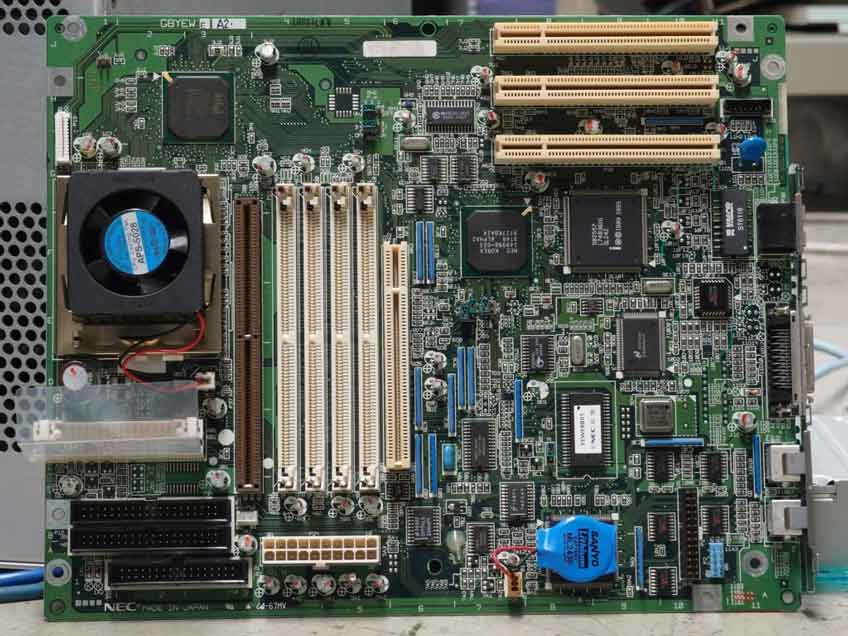176 pounds: That’s the amount of e waste generated by the average US family every year. Every day, thousands of discarded computers, tablets and other electronics are carted off to fill landfills around the world when they could have been taken to an electronics recycling center.
All that computer disposal adds up. At the end of 2017, environmental experts predicted that the amount of global e-waste would total 49.8 million metric tons by the end of this year—that’s a lot of old computers!
Only about 20% of computer users recycle old electronics, which is a shame, especially because computer recycling can be very lucrative. Most computers contain precious metals, like gold and platinum, that are very rare and difficult to mine from the Earth. Salvaging these minerals allows them to be reused to make new consumer goods, rather than relying on raw materials harvested through potentially harmful mining practices. Computer recycling centers save energy as well: Laptop recycling saves enough electricity to power 3,657 U.S. homes for a year.
Of course, e waste disposal and recycling is a big job that doesn’t happen all at once. Computers contain many working parts and intricate systems. The recycling process differs slightly site to site, but generally, here’s how your computer gets recycled.
Usable Parts Removed
Old computers have many interior parts: motherboards, circuit boards, CMOS batteries and other systems that may be reused in new computers without compromising data. The boards are usually the parts that a computer recycling center will buy from you.
Sorting
After removing any reusable parts, your local computer recycling center sorts the metals and boards so that they can be further refined for resale. Metals are melted down internally and resold to in domestic markets. From there, they’ll be used in any number of different consumer goods.
Shredding
Computer parts that may contain old user data are sent to a shredder so they won’t fall into the wrong hands. Other raw materials, like metal, are shredded as well. That way, they can be easily converted into ingots of raw metal and then moulded into new consumer goods.
Shipping
Last but not least, workers prepare all usable pieces for shipment to their final destination, where they’ll either be further refined, used in new devices, or converted into entirely new metal products. Then the whole process starts again with a new batch of recycled computers.
Regardless of how your recycled computer is used, recycling old devices offsets energy, saves resources, and keeps valuable materials out of the trash. It’s a pivotal step in creating a circular economy, rather than depleting the world’s resources.
Have some old electronics lying around at home? Just Google “computer recycling near me” or “where can I recycle electronics”. Or if you’re in the Austin area, contact us here at Gardner Metals for more information, including a free quote. Your computer’s next life awaits!

